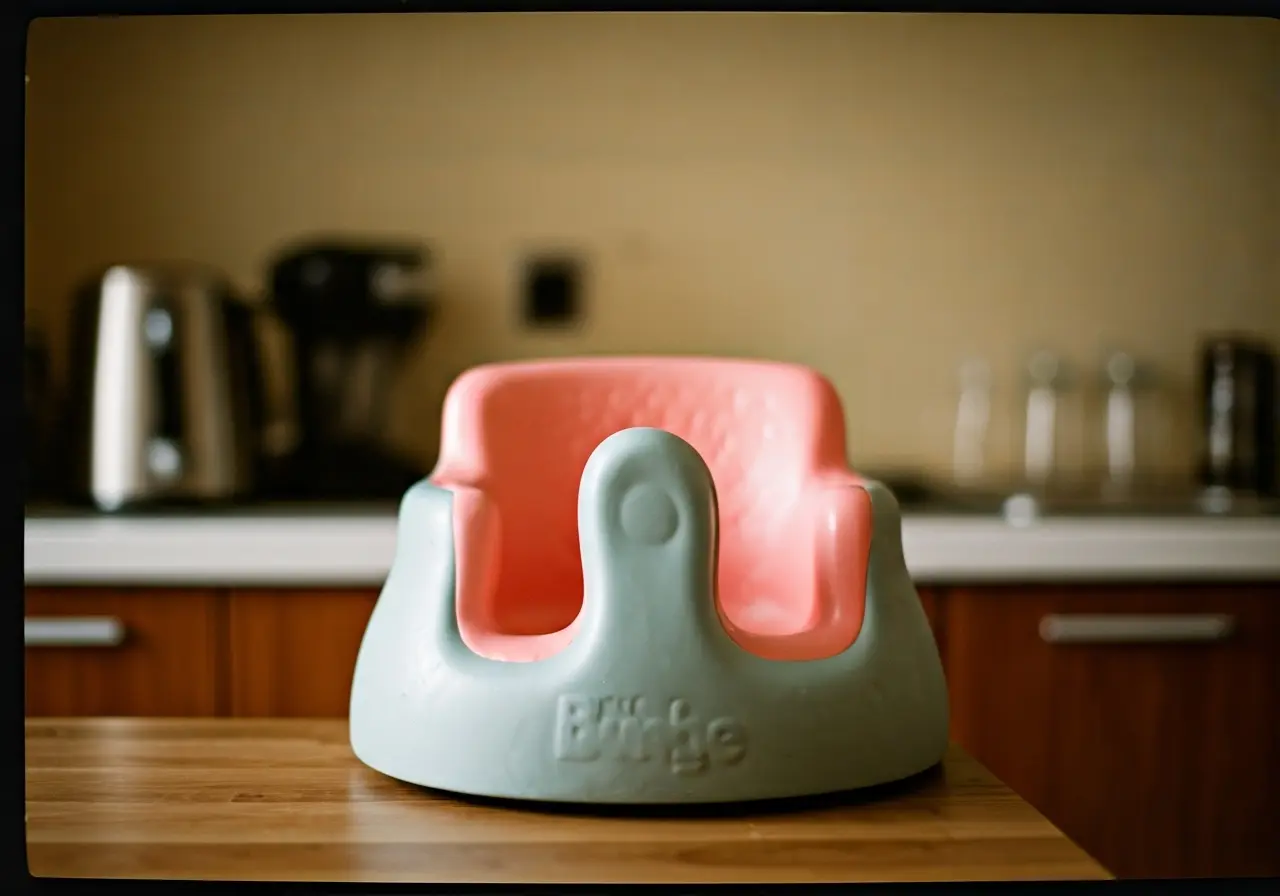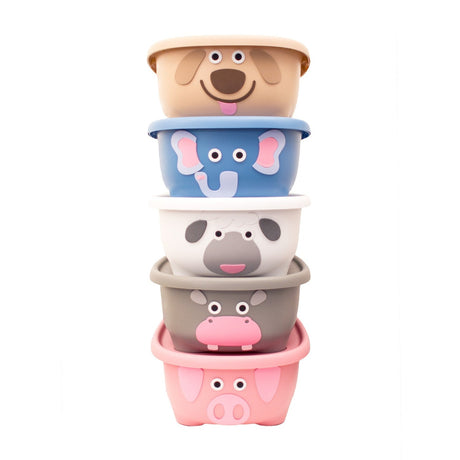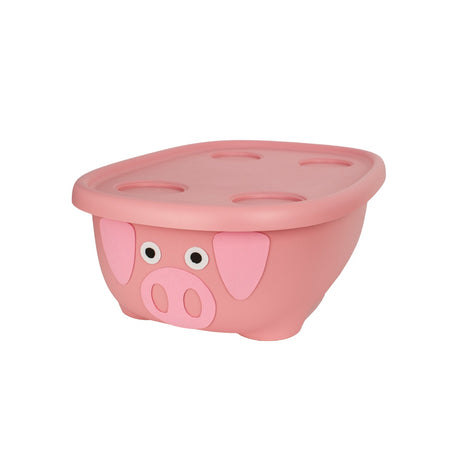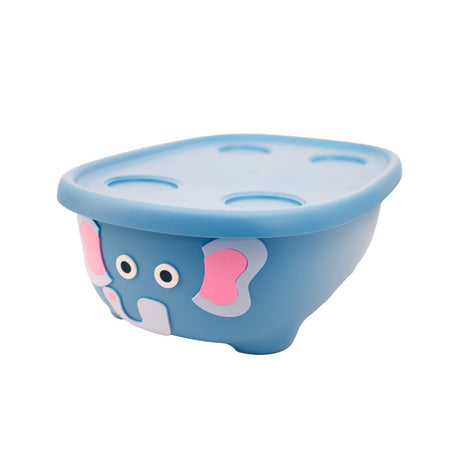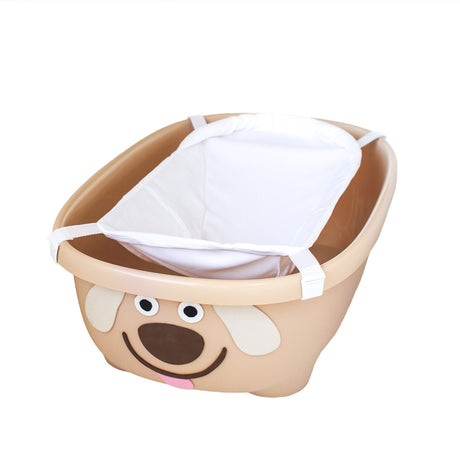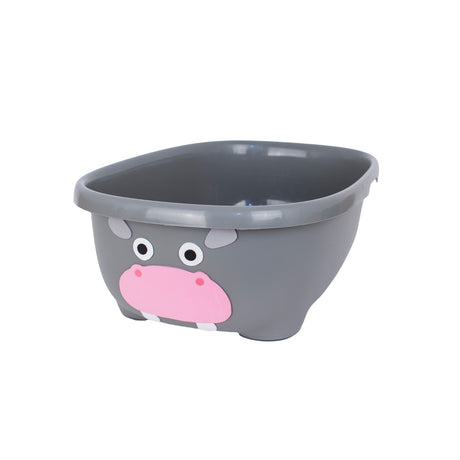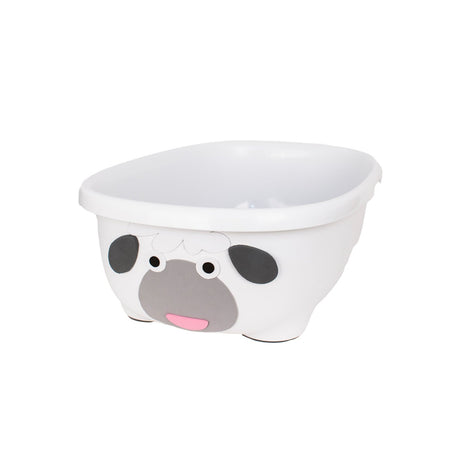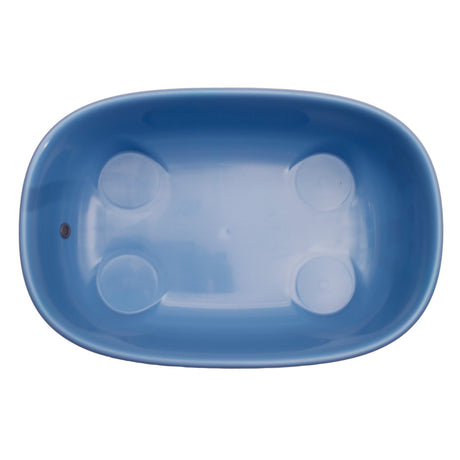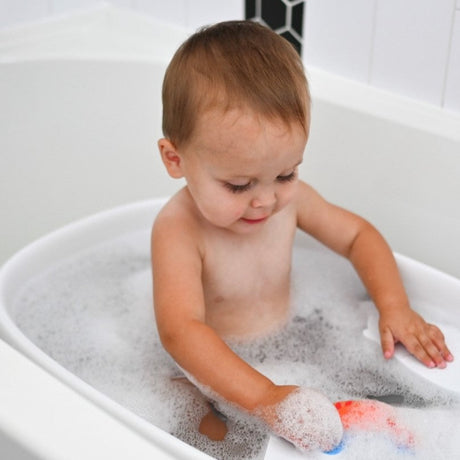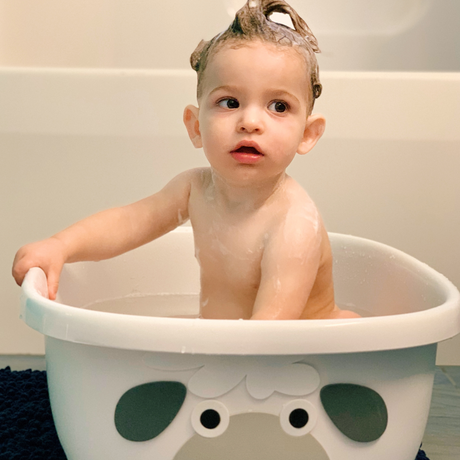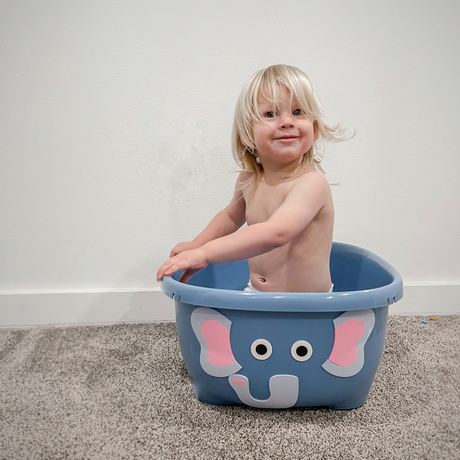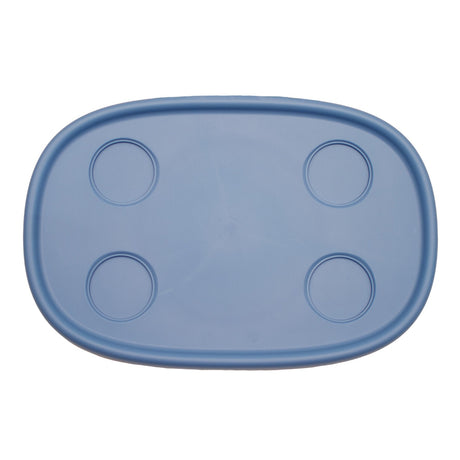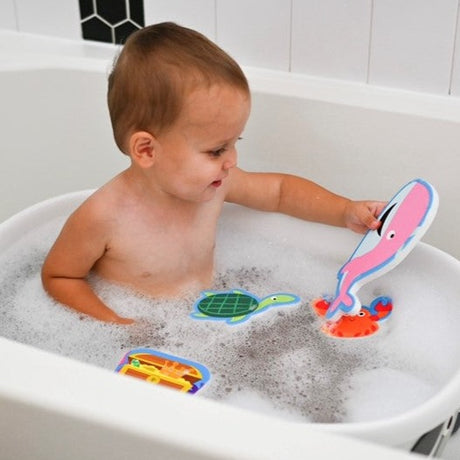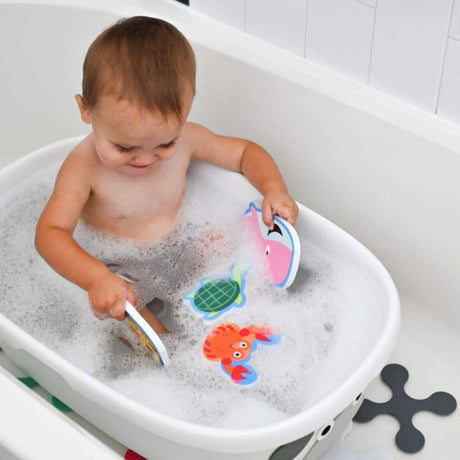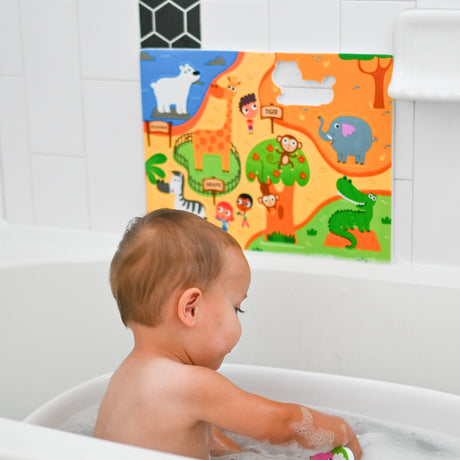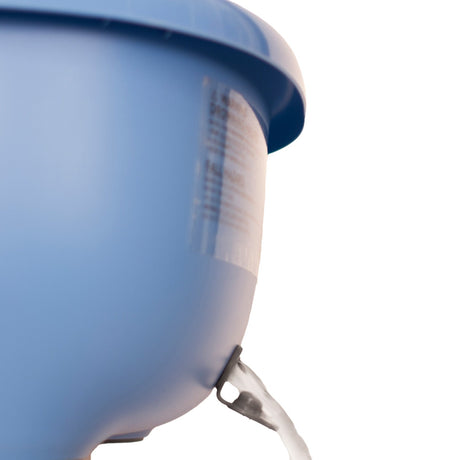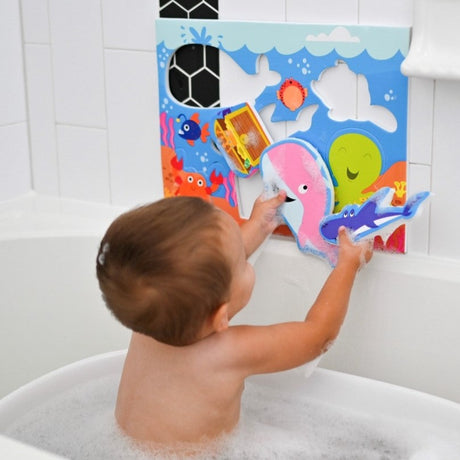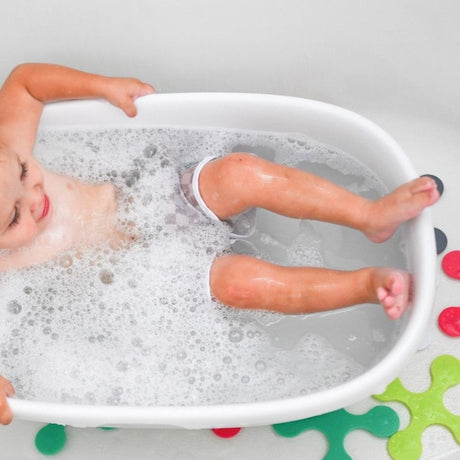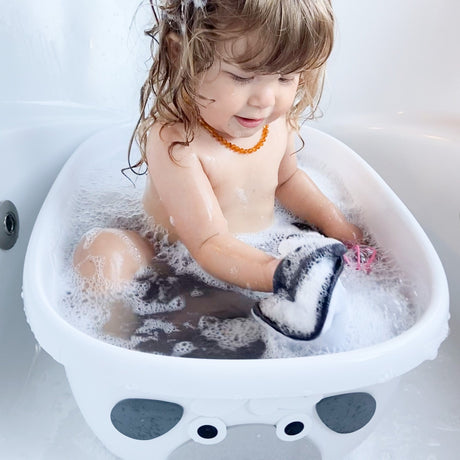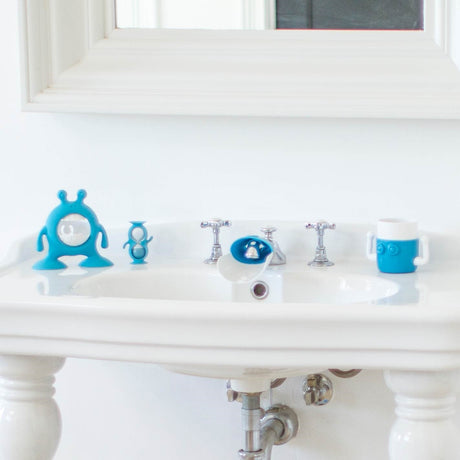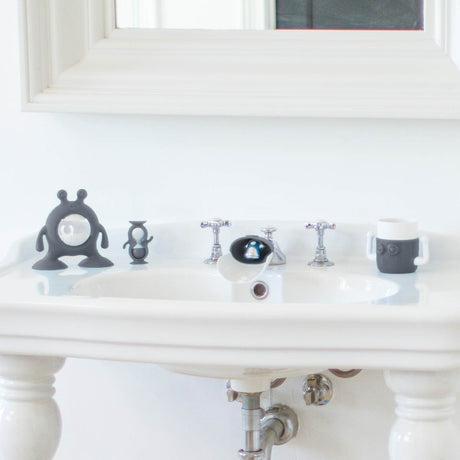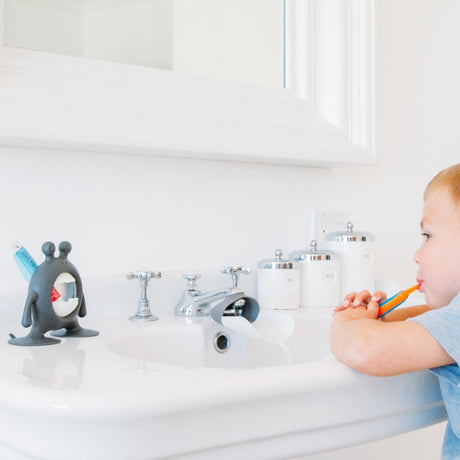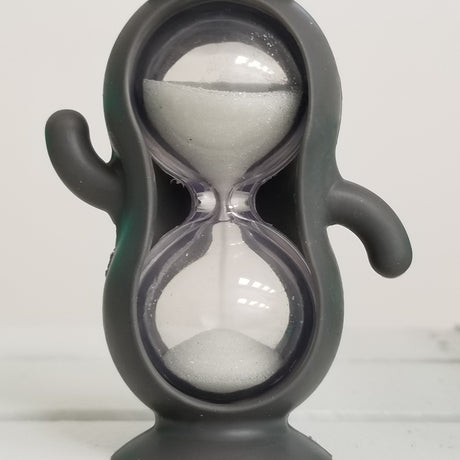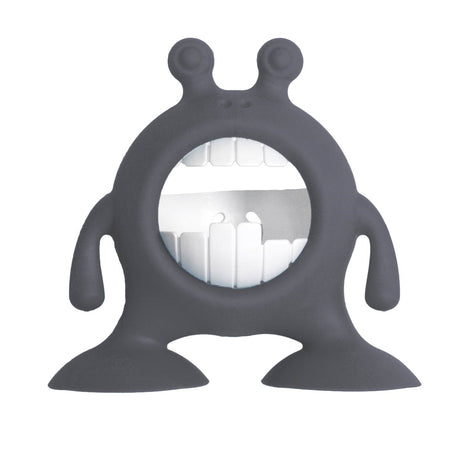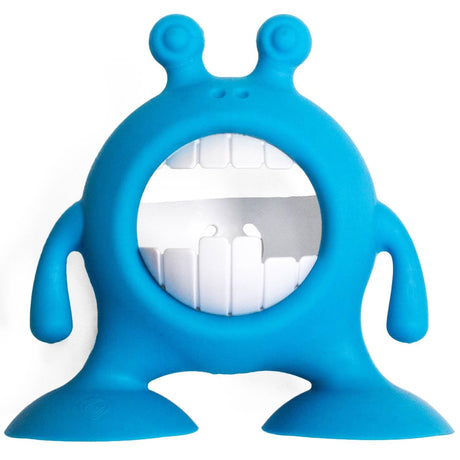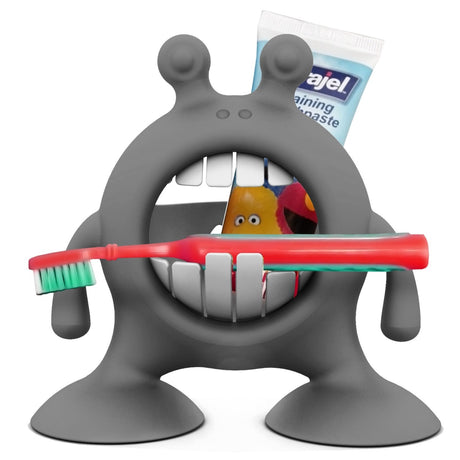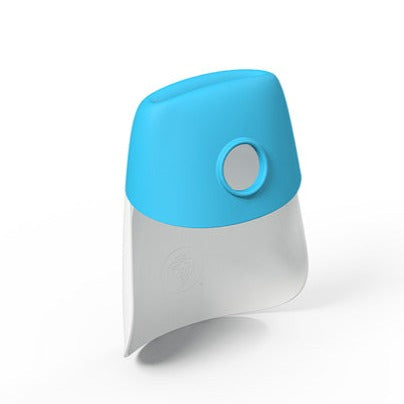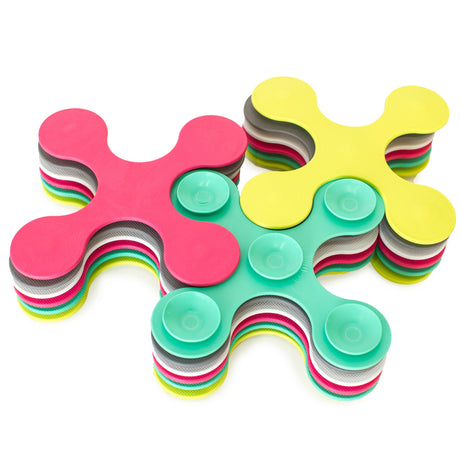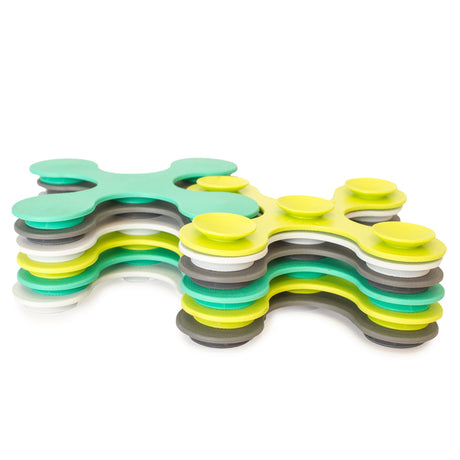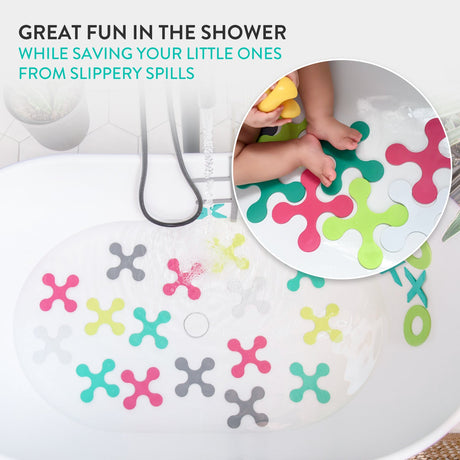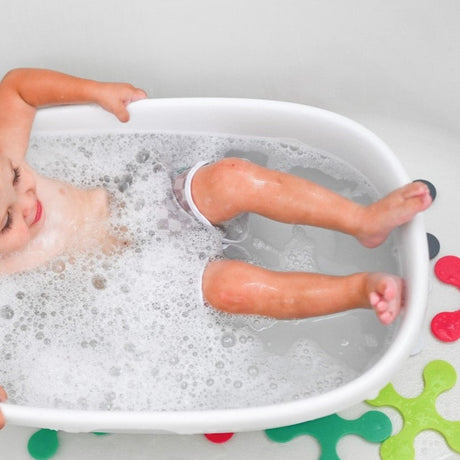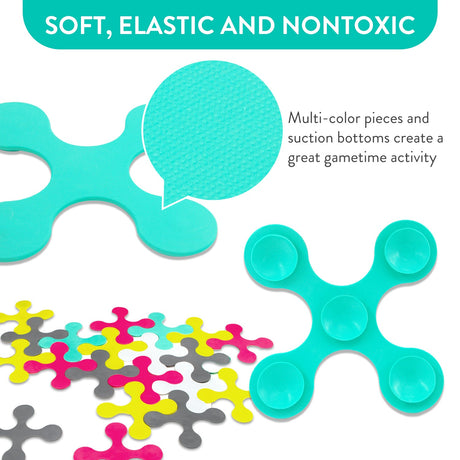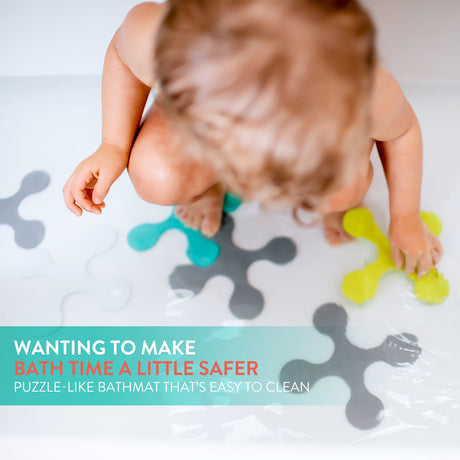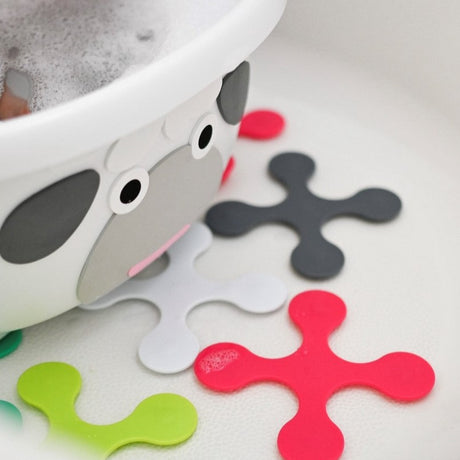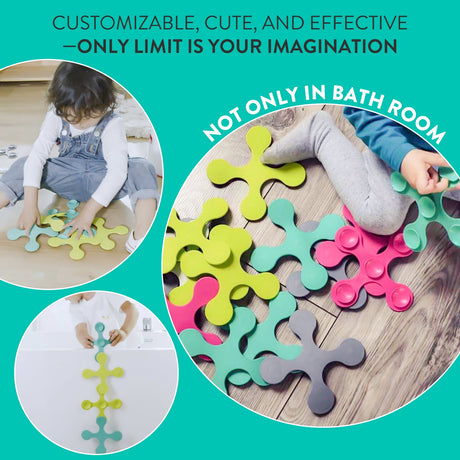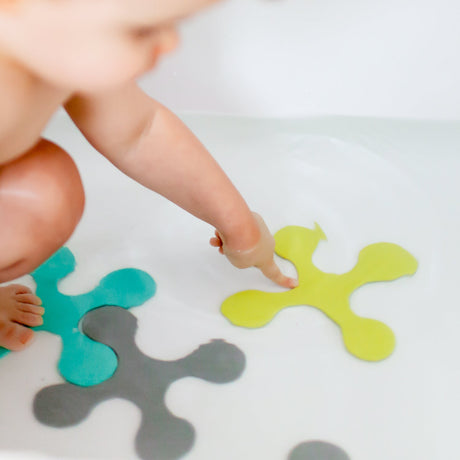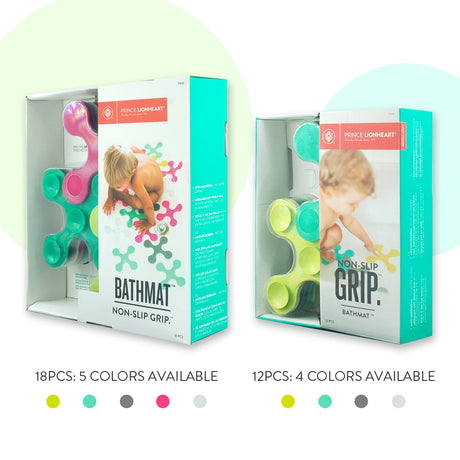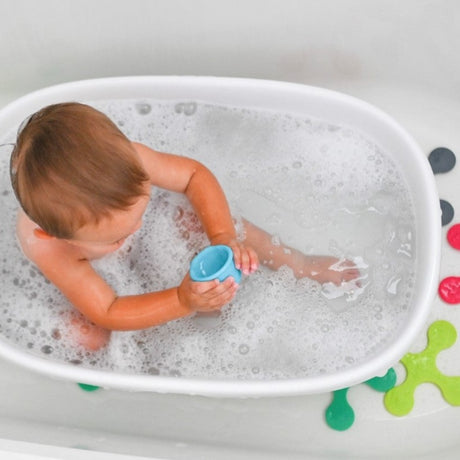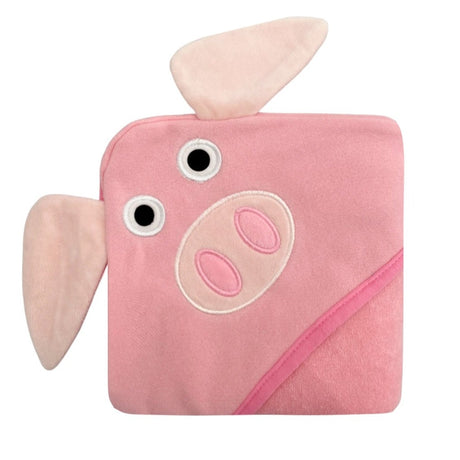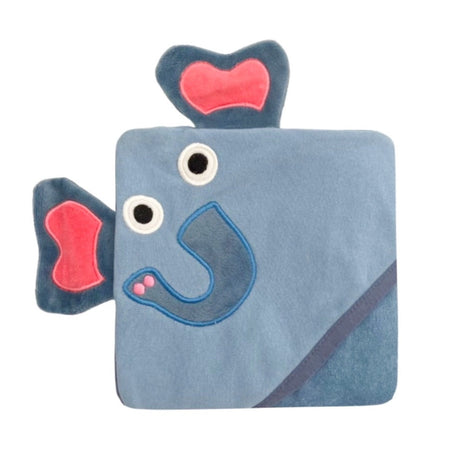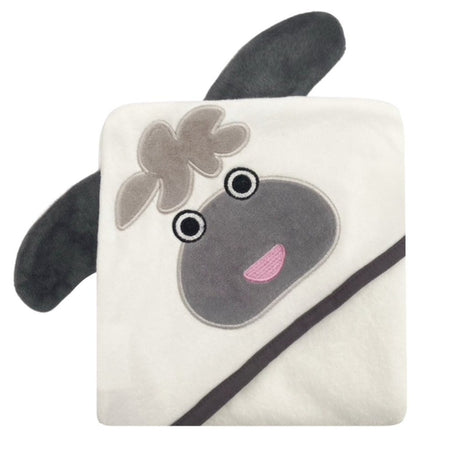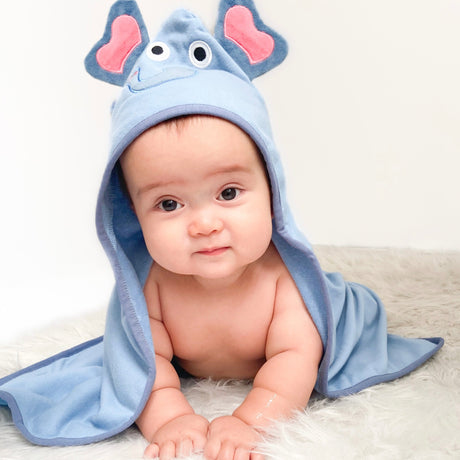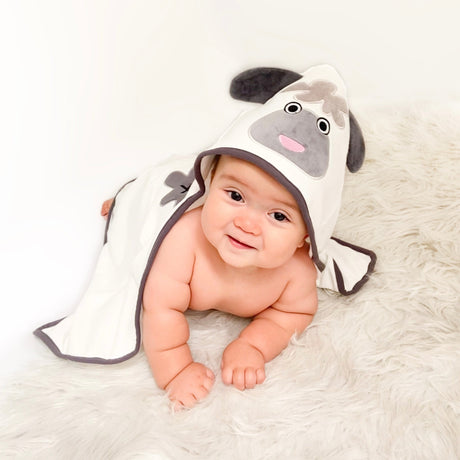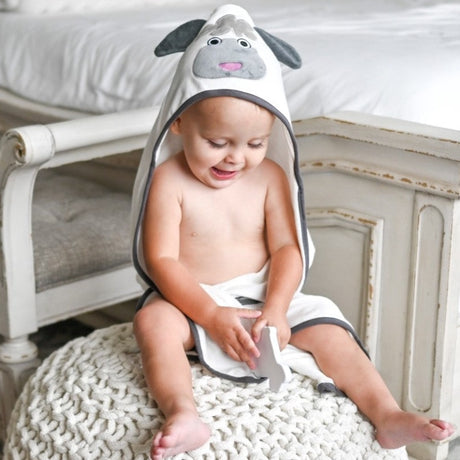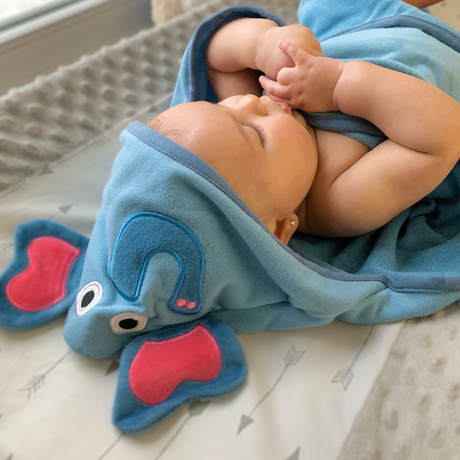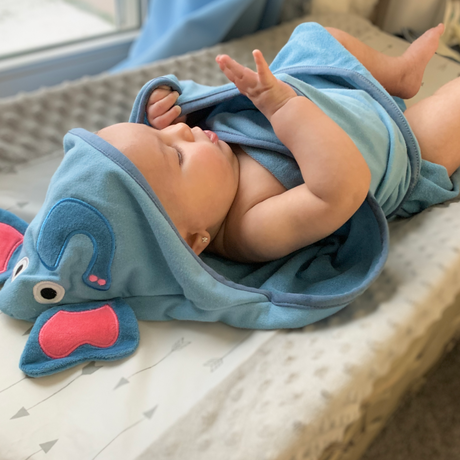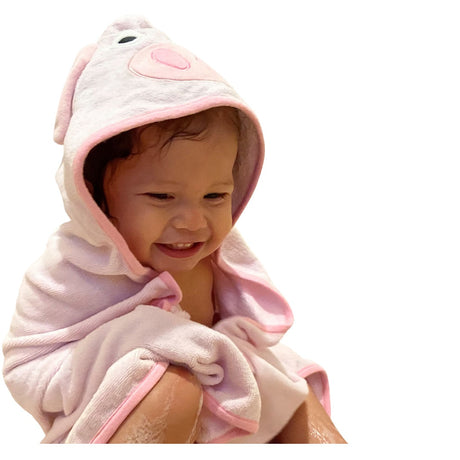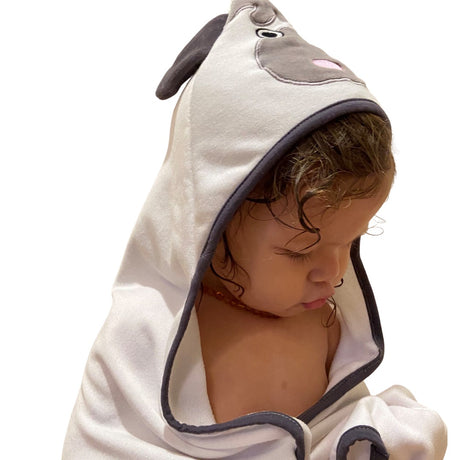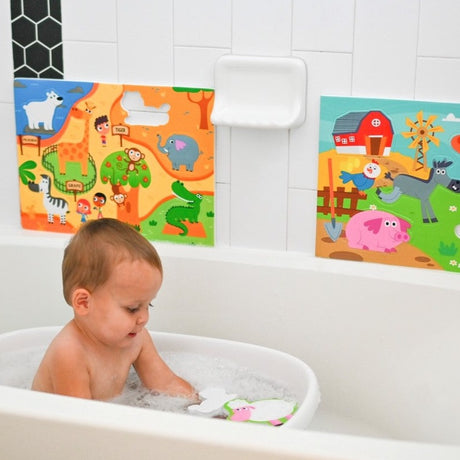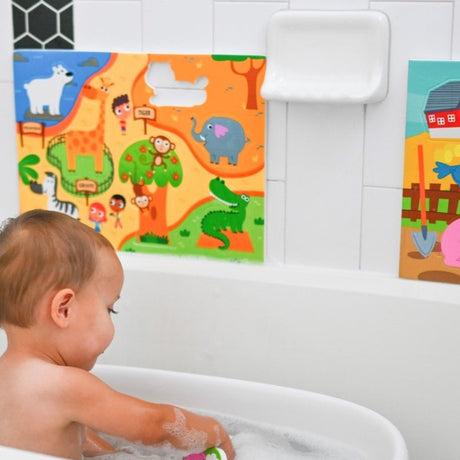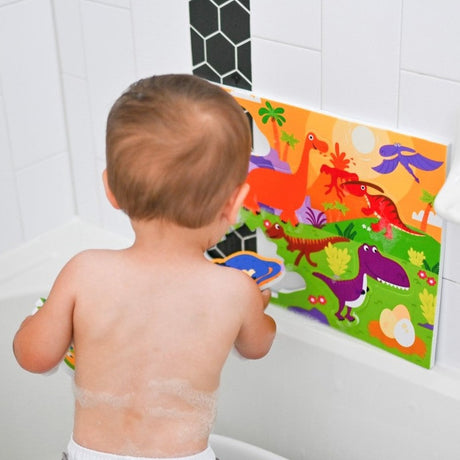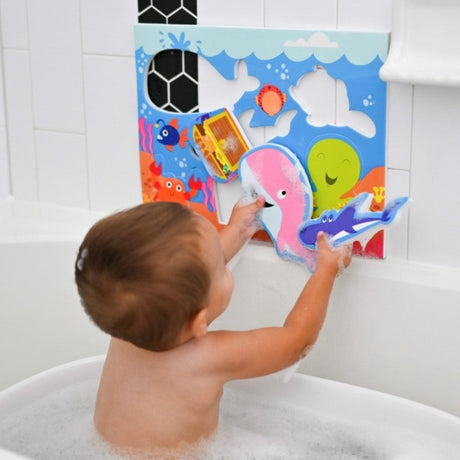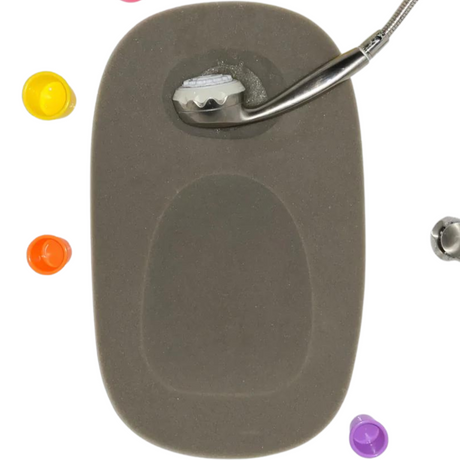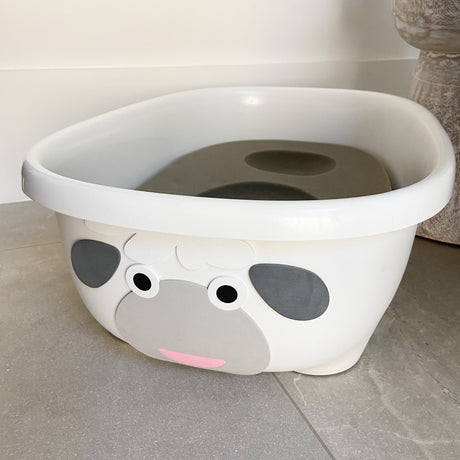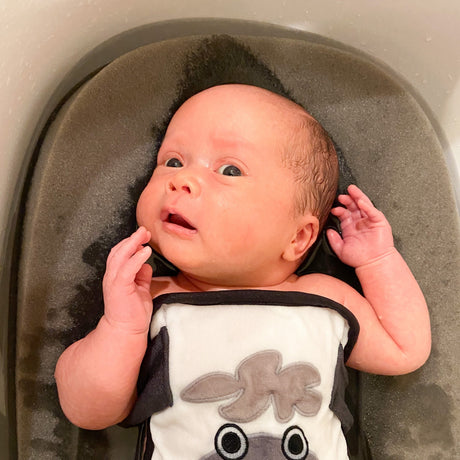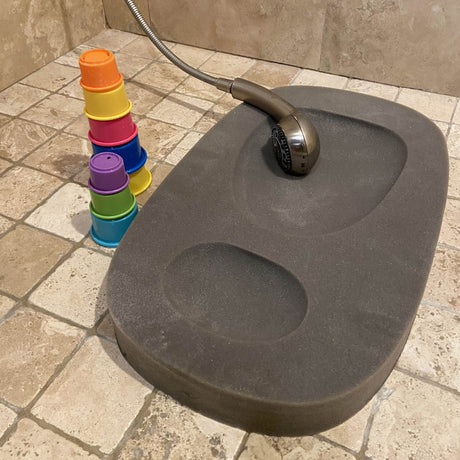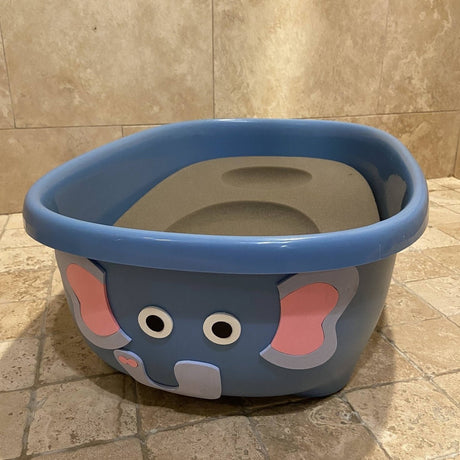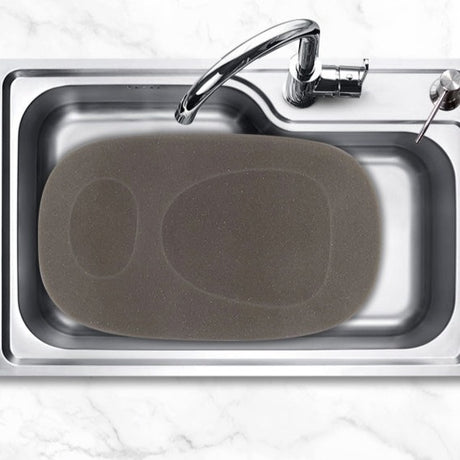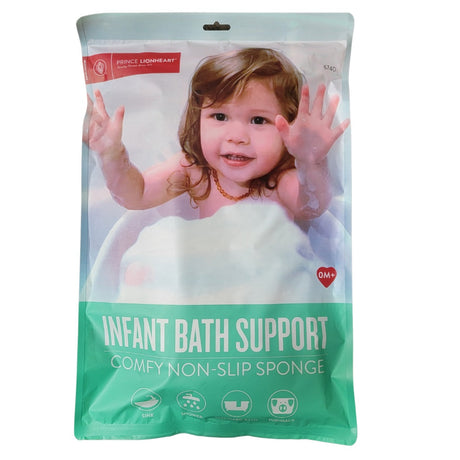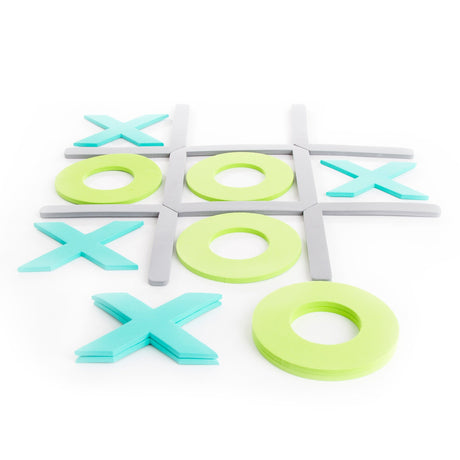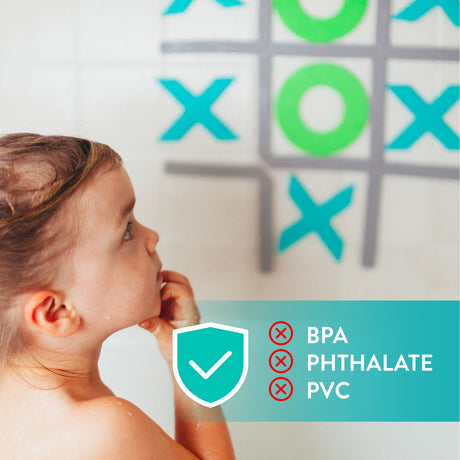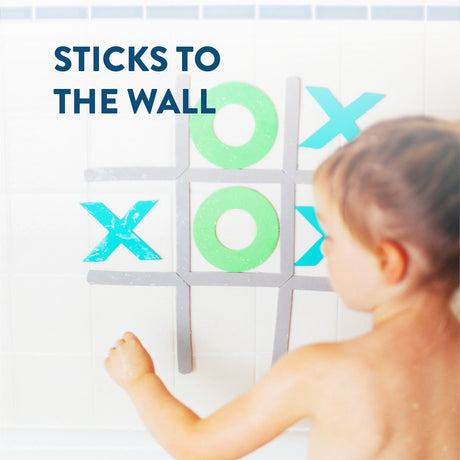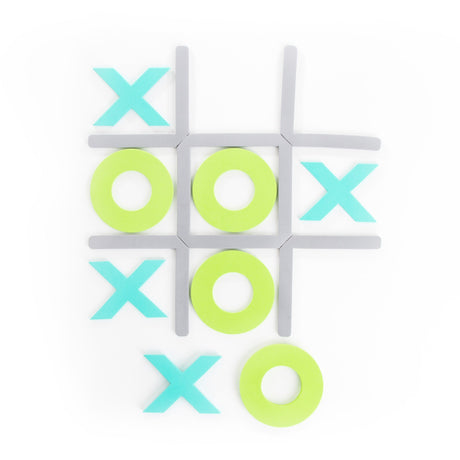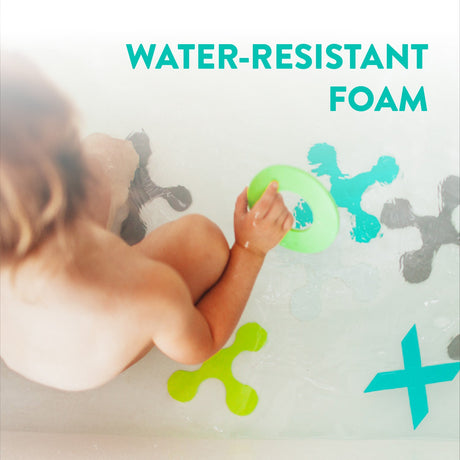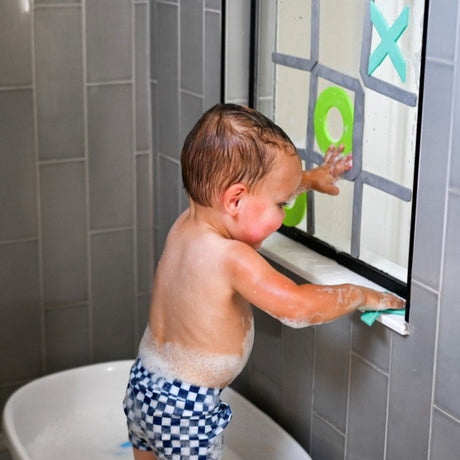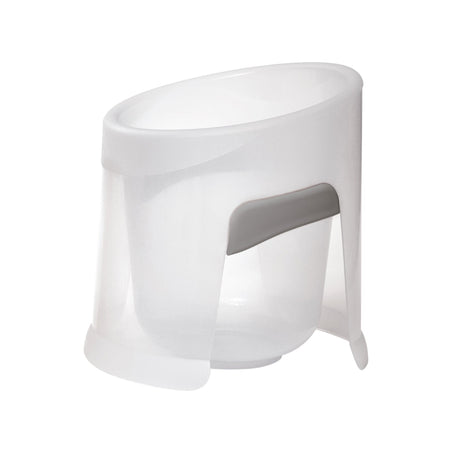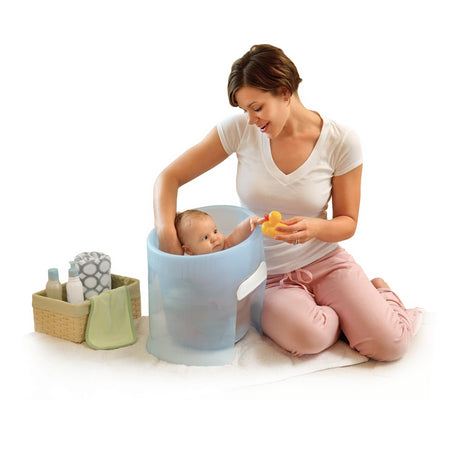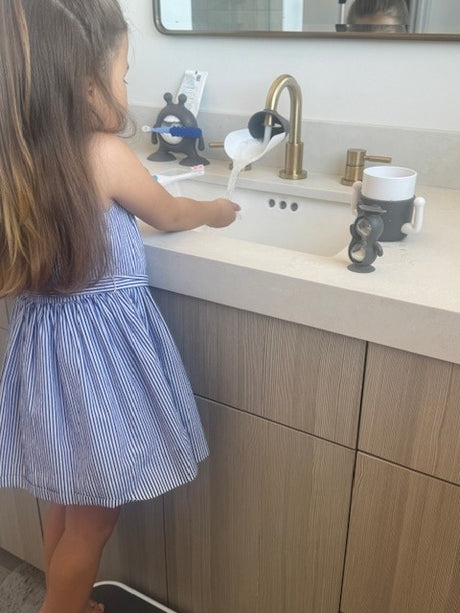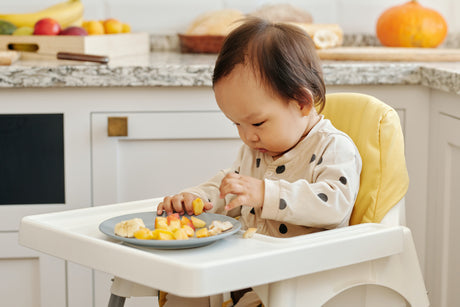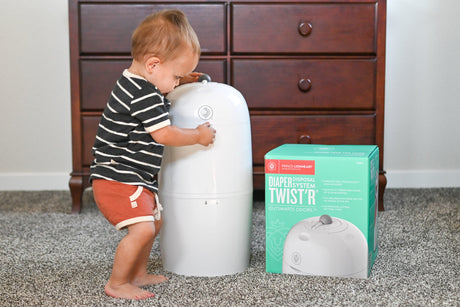Bumbo seats are a popular choice for parents seeking a versatile seating option for their little ones. However, when it comes to mealtime, many caregivers wonder if these seats are truly appropriate. Let’s explore the suitability of Bumbo seats for use during mealtimes.
Understanding Bumbo Seats
Bumbo seats are molded foam seats designed to support infants in a sitting position. They are lightweight and portable, widely used for short periods of sitting.
These seats are particularly appealing due to their ease of use. Their design caters to a parent’s busy lifestyle, providing a quick and straightforward solution for infant seating throughout the day. The soft foam material ensures comfort, while their compact size makes them ideal for travel and quick repositioning within the home.
However, it’s crucial to understand the scope of their functionality. While Bumbo seats are fantastic for allowing your baby to engage with family activities on the floor or at low levels, their use isn’t suited for every situation, particularly during more dynamic activities like mealtime.
Safety Concerns During Mealtime
Using Bumbo seats during mealtime can pose safety risks, including the potential for tipping over and lack of secure strapping. It’s important to evaluate these risks before use.
The absence of a secure harness increases the likelihood of falls or slippage, especially if the baby becomes active or starts to lean forward. Without adequate support, there’s a risk that a baby could lean forward too far, leading to a dangerous tip-over, particularly when placed on an elevated surface like a dining table or kitchen counter.
Parents need to consider their active supervision role when using Bumbo seats, primarily because the seats are designed for static environments. It is recommended that Bumbo seats be placed on the floor to prevent injuries that may occur from falling from a height.
Recommended Age and Weight Limits
Bumbo seats are generally recommended for infants who can support their heads independently, typically around 3 to 12 months. Adhering to weight and age guidelines is crucial for safety.
It’s not just about age; the size and strength of your baby also play a role in whether a Bumbo seat is appropriate. Overloading the seat or using it beyond the outlined age limit significantly increases the chance of accidents and discomfort during use.
Caregivers should be vigilant, observing the baby’s comfort and developing abilities, transitioning away from Bumbo seats as soon as the infant shows signs of outgrowing the support and confined space.
Alternatives to Bumbo Seats for Mealtime
Consider high chairs, booster seats, or other stable seating solutions specifically designed for safe and convenient feeding times.
High chairs often come with safety features like straps and adjustable trays, offering a safer environment suited to mealtimes. Many models provide the benefit of adjustable height, promoting family interaction at the dining table while ensuring the child remains secure.
Booster seats are another viable option, particularly when space is limited. They attach safely to dining chairs and come equipped with safety buckles that secure the child effectively during meals.
Some parents also find convertible high chairs advantageous, as they adapt to a child’s growing needs, transforming from a high chair to a toddler seat. This versatility means fewer purchases over time and a solution that grows with your child.
Making Informed Choices for Mealtime Seating
In conclusion, while Bumbo seats offer a convenient option for seating young children, they are not without limitations, especially during mealtimes. By understanding the safety guidelines and exploring alternative seating options, caregivers can ensure a safe and enjoyable dining experience for their little ones.
